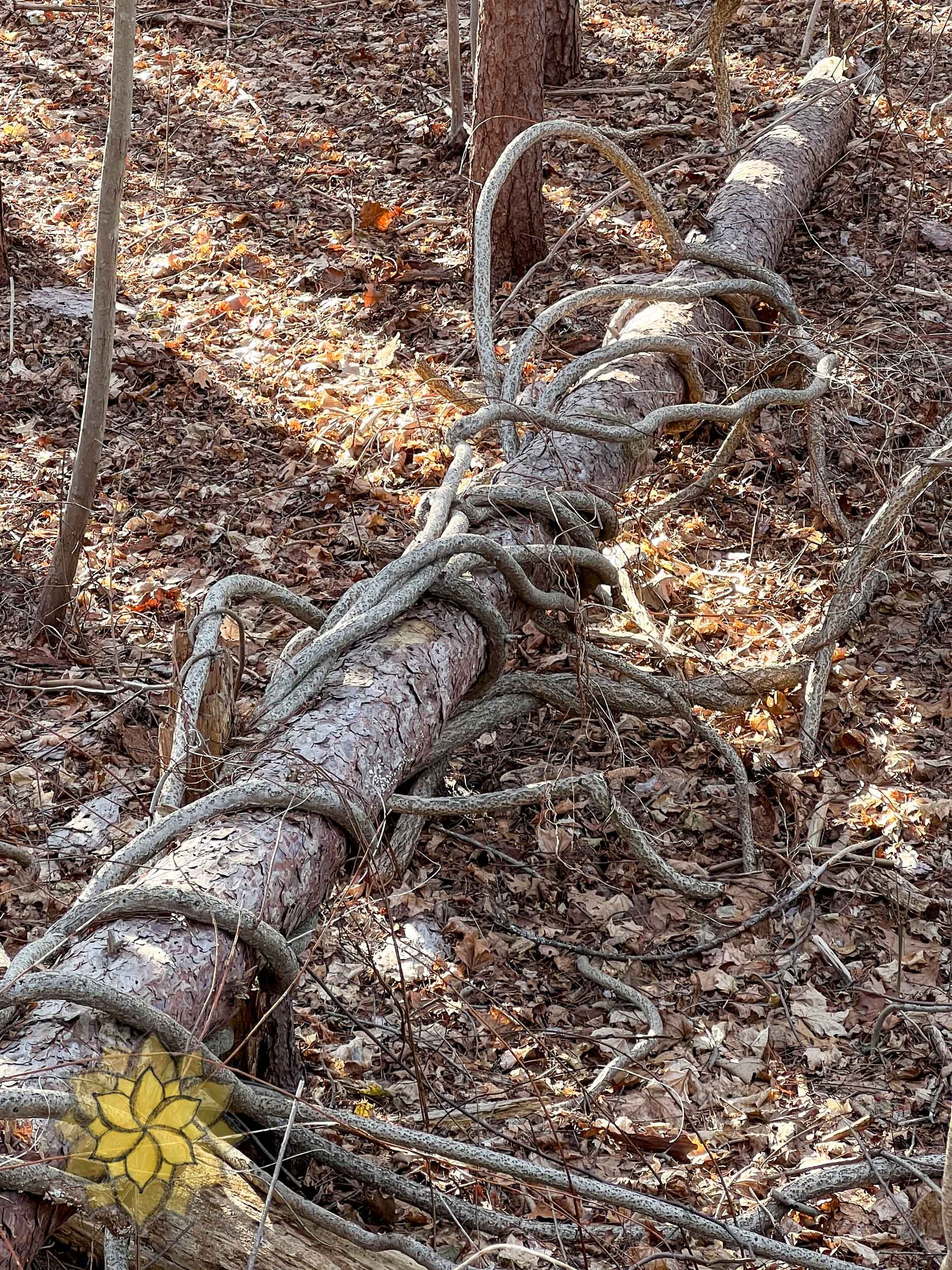Asiatic Bittersweet
Asiatic Bittersweet
Invasive Asiatic bittersweet (Celastrus orbiculatus) is a woody vine native to East Asia that has become a significant invasive species in North America. Introduced in the 1860s for ornamental purposes, its attractive orange and red berries and vigorous growth made it popular in landscaping. However, Asiatic bittersweet rapidly escapes cultivation and spreads through birds and mammals that eat its berries, dispersing the seeds widely. This vine is highly competitive, outcompeting native vegetation by girdling trees and shrubs, blocking sunlight, and altering habitats. Its dense growth can smother native plants and even cause trees to collapse under its weight, leading to decreased biodiversity and disrupted ecosystems. Management of Asiatic bittersweet involves physical removal, herbicides, and promoting native vegetation to replace it. Efforts to control its spread are complicated by its high germination rate and wide dispersal.
Keys to Success
Most commonly, bittersweet is only effectively managed with the use of systemic herbicides (such as Glyphosate and Triclopyr). This can come in the form of cut stump treatments to a broad range of vine sizes or in the case of when an infestation has produced a low growing thicket or a dense carpet of seedlings, a foliar herbicide treatment to its leaves is appropriate.
Brand new, first year seedlings can be managed via mechanical pulling effectively in the cases of spot emergences but commonly for us this is after the initial work of removing the larger problem. Early detection is the best way to employ this organic approach to the problem.









